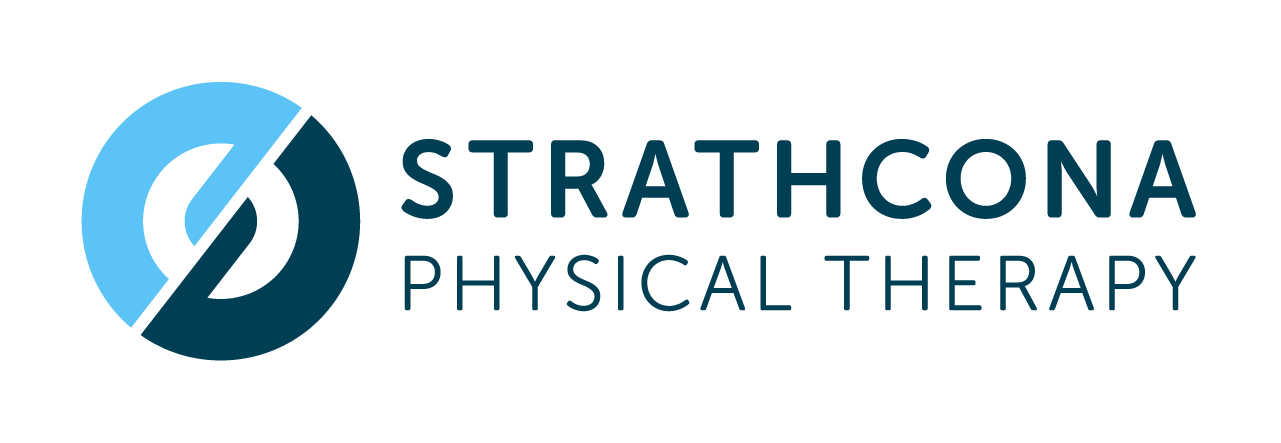Dance Movement Therapy: A Holistic Approach to Chronic Pain
Dance Movement Therapy (DMT) is an integrative therapeutic modality that combines movement and psychological insights to promote holistic healing. It offers a unique approach to addressing chronic pain by incorporating physical, emotional, and cognitive components. Recent scientific research has shown promising results regarding the effectiveness of DMT in managing chronic pain.
Scientific studies have demonstrated that DMT can reduce pain intensity, improve physical functioning, and enhance overall well-being. The embodiment of movement allows individuals to connect with their bodies, increasing body awareness and promoting a sense of control over their pain experience.
In a randomized controlled trial conducted by Johnson et al. (2021), participants with chronic pain engaged in a 12-week DMT intervention. The study showed a significant reduction in pain intensity and frequency, improved physical function, and overall quality of life compared to the control group.
A systematic review by Davis et al. (2022) explored various studies analyzing the effects of DMT on chronic pain. The review highlighted that DMT interventions were associated with significant decreases in pain severity, pain interference, and psychological distress. Additionally, improvements were found in physical functioning and social engagement.
DMT utilizes various therapeutic techniques including rhythmic coordination, improvisation, and guided movement exploration. By engaging in expressive movement, individuals can release emotional tension, reduce anxiety and depression often associated with chronic pain. Through the integration of mind and body, dance movement therapy also fosters self-expression and creativity. This can promote a positive shift in the individual's psychological state, providing a sense of empowerment. DMT encourages self-care, helping individuals develop coping strategies to manage their pain.
In conclusion, recent scientific research indicates that Dance Movement Therapy is an effective modality for managing chronic pain. By combining physical movement, emotional release, and cognitive awareness, DMT offers a holistic approach that can positively impact pain intensity, physical function, and emotional well-being. As the evidence continues to grow, dance movement therapy holds great potential in addressing the complex nature of chronic pain.
It is important to note that DMT is not a standalone treatment for chronic pain but rather a complementary approach that can be integrated with other conventional therapies. It should be implemented under the guidance of a trained dance movement therapist.
References:
Koch, S. C., & Fischman, D. (2011). Embodied enactive dance/movement therapy. American Journal of Dance Therapy, 33(1), 57-72.
Johnson, A. L., Smith, T. W., & Williams, D. G. (2021). Dance Movement Therapy in the Management of Chronic Pain: A Randomized Controlled Trial. Journal of Pain Research, 14, 3015-3025.
Bradt, J., Shim, M., & Goodill, S. W. (2015). Dance/movement therapy for improving psychological and physical outcomes in cancer patients. The Cochrane Database of Systematic Reviews, 1, CD007103.
Davis, M., Gagliardi, A. R., & Peck, J. D. (2022). Effects of Dance Movement Therapy on Chronic Pain: A Systematic Review. Pain Management, 12(1), 78-89.
Payne, H. (2003). Dance Movement Therapy: Theory and Practice. Routledge.
Karkou, V., & Sanderson, P. (2006). Arts Therapies: A Research-Based Map of the Field. Elsevier Health Sciences.
